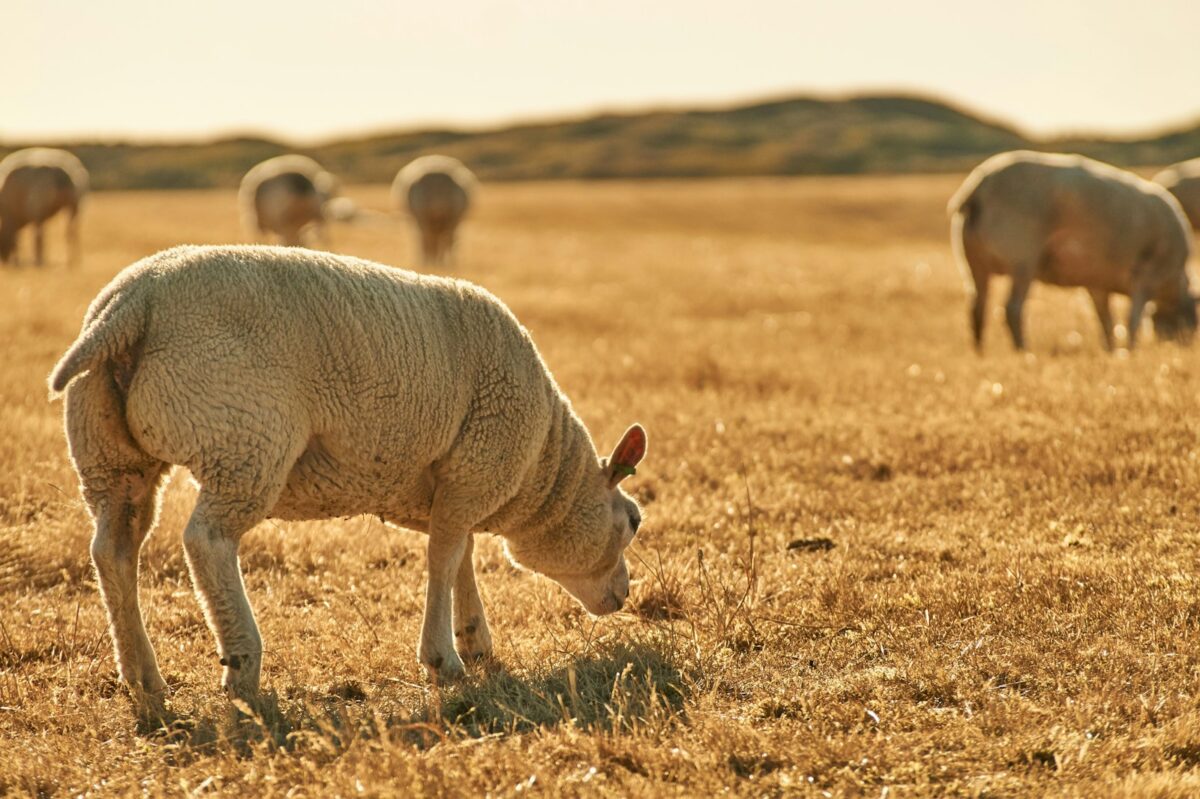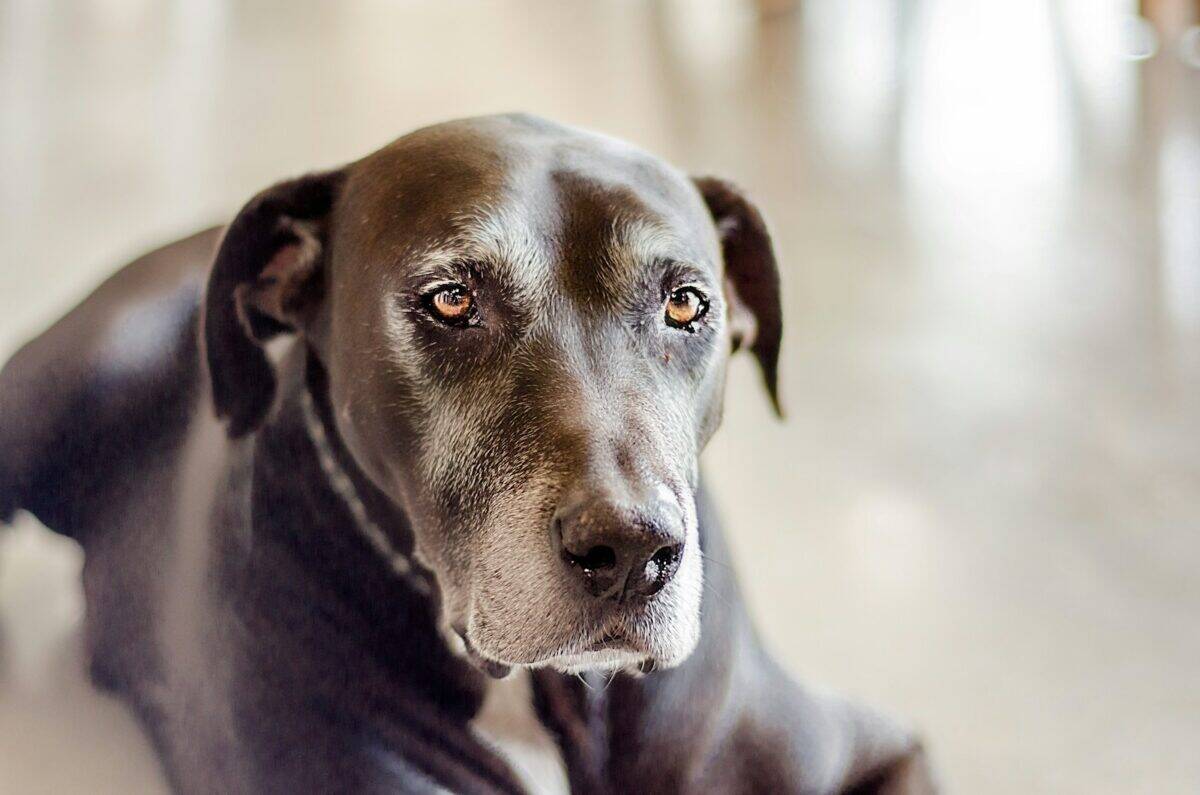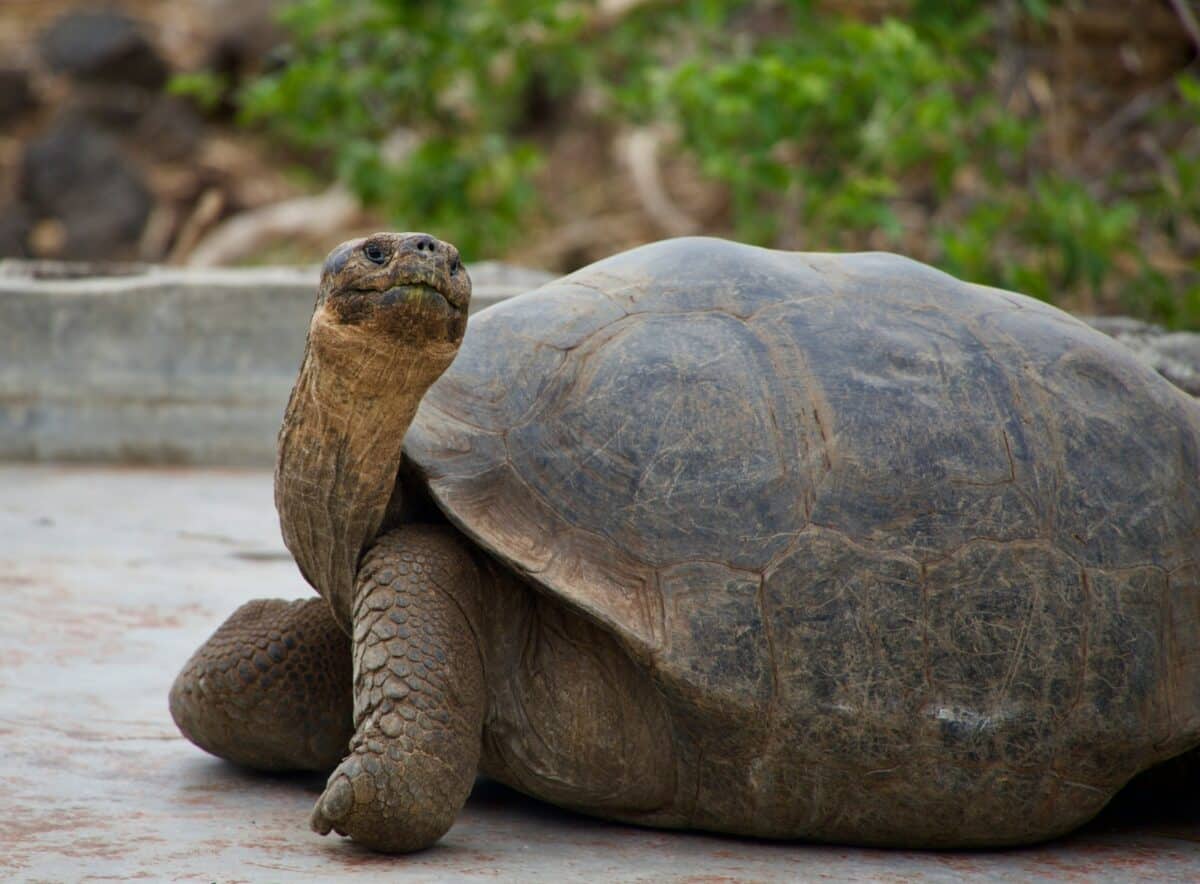In the wild, survival typically depends on competition rather than cooperation, especially between different species. Yet, nature occasionally surprises us with remarkable examples of interspecies friendships that defy our understanding of animal behavior. These unusual bonds not only captivate our imagination but also provide valuable insights into animal cognition, emotional capacity, and social dynamics. The following examples showcase fifteen documented cases where wild animals formed unexpected friendships, demonstrating that companionship can transcend biological boundaries in the animal kingdom.
The Unlikely Bond Between Owen the Hippo and Mzee the Tortoise

One of the most famous interspecies friendships began after the devastating 2004 Indian Ocean tsunami. A baby hippopotamus, later named Owen, was separated from his herd in Kenya and washed out to sea. After rescuers brought the frightened orphan to a wildlife sanctuary, Owen immediately sought companionship with an unlikely partner: a 130-year-old Aldabra giant tortoise named Mzee. Despite being from entirely different taxonomic families and natural habitats, Owen began following Mzee everywhere, sleeping beside him, and even adopting the tortoise’s eating habits. Wildlife biologists suggest that Owen may have identified Mzee’s rounded shell and gray coloration as reminiscent of an adult hippopotamus. Their bond lasted several years until Owen matured and was gradually introduced to other hippos. This remarkable relationship between two species that would never interact in the wild became the subject of several books and documentaries.
Kasi the Cheetah and Mtani the Labrador

At Busch Gardens in Tampa, Florida, an extraordinary friendship developed between Kasi, a male cheetah cub orphaned in the wild, and Mtani, a female Labrador retriever. Initially paired as part of a conservation education program, their relationship evolved beyond the handlers’ expectations. From an early age, they shared living space, played together, and formed a genuine social bond. While cheetahs are typically solitary and predatory, Kasi displayed remarkable social flexibility with his canine companion. Their friendship helped Kasi develop normal social behaviors despite being separated from his natural family unit. Wildlife experts observed how they communicated through body language adaptations, with each animal adjusting their natural behaviors to accommodate the other. This relationship not only provided companionship but also reduced anxiety for the cheetah in captivity. After several years together, their interaction was gradually reduced as Kasi matured and showed increased interest in other cheetahs, demonstrating the natural progression of wildlife relationships even in unusual circumstances.
Anjana the Chimpanzee and the Tiger Cubs

At The Institute of Greatly Endangered and Rare Species (T.I.G.E.R.S) in South Carolina, a remarkable nurturing relationship formed when Anjana, a female chimpanzee, took on the role of surrogate mother to two tiger cubs, Mitra and Shiva. The cubs were separated from their mother during Hurricane Hannah in 2008, and Anjana, who had previously helped care for other animals, stepped in. Under the supervision of animal caretaker China York, Anjana bottle-fed the cubs, groomed them, and provided comfort. This case is particularly striking because in the wild, chimpanzees and tigers not only would never interact, but tigers would potentially view chimps as prey. Anjana’s nurturing behavior demonstrates the powerful effect of early socialization and the capacity for maternal behaviors to extend beyond species boundaries. Researchers suggest that Anjana’s upbringing around diverse animals created a unique socialization experience that allowed her to develop these cross-species caregiving behaviors.
The Friendship of Baloo, Leo, and Shere Khan

Perhaps one of the most heartwarming wild animal friendships involves a trio known as “The BLT” (bear, lion, and tiger). Baloo the American black bear, Leo the African lion, and Shere Khan the Bengal tiger were discovered as cubs during a police raid on a drug dealer’s home in Atlanta, Georgia in 2001. All three had been severely abused and kept in terrible conditions. After their rescue, they were brought to Noah’s Ark Animal Sanctuary in Georgia, where caretakers initially planned to separate them once they recovered. However, the three exhibited such distress when apart that the decision was made to keep them together. For over 15 years, until Leo’s death in 2016 followed by Shere Khan in 2018, these natural predators shared living space, played together, and even groomed one another. Wildlife behaviorists suggest their bond formed during their traumatic early experience, creating lasting emotional connections that overrode their natural competitive instincts. Their case provides insight into how shared trauma can foster unlikely relationships, even among species that would typically be mortal enemies in the wild.
Kate the Dog and Pippin the Deer

On Isobel Island in British Columbia, a Great Dane named Kate formed an unexpected bond with an orphaned fawn named Pippin. When wildlife photographer Liz Seymour found the abandoned fawn, she brought it home, uncertain if it would survive. To her amazement, her dog Kate immediately took to the fawn, grooming and protecting it as if it were her own puppy. Even more surprisingly, after Pippin was released back into the wild as an adult deer, she continued to return to visit Kate for years. The two would play together in the yard, with the deer initiating games of chase and the dog responding with enthusiasm. Wildlife biologists note that this case is particularly unusual because deer typically maintain strong flight responses around potential predators like dogs. The relationship demonstrates the potential for early imprinting to override innate fear responses and the capacity for long-term social memory across species. Their friendship lasted over seven years, with Pippin eventually bringing her own fawns to “meet” Kate, suggesting a multigenerational extension of this unusual social bond.
Themba the Elephant and Albert the Sheep

At Shamwari Wildlife Rehabilitation Centre in South Africa, a young orphaned elephant named Themba formed an unexpected bond with a sheep named Albert. After Themba’s mother died falling down a cliff, wildlife rehabilitators struggled to help the traumatized elephant calf adjust. In a last-ditch effort to provide companionship, they introduced Albert the sheep to Themba’s enclosure. Initially hesitant, Albert eventually approached the elephant, and to everyone’s surprise, Themba immediately formed an attachment. The elephant would follow Albert everywhere, rest his trunk on the sheep’s back, and become distressed when separated. Albert, in turn, adapted to sleeping and eating alongside his massive friend. Wildlife behaviorists observed that Albert’s calm demeanor seemed to have a therapeutic effect on the orphaned elephant. Their relationship continued for several months until Themba unfortunately died from complications of a perforated intestine. This case illustrates how animals, particularly highly social species like elephants, may form attachments with unlikely companions when deprived of their natural family structures.
Bubbles the Elephant and Bella the Dog

At the Myrtle Beach Safari in South Carolina, a remarkable friendship developed between Bubbles, an African elephant rescued after her parents were killed by poachers in Africa, and Bella, a black Labrador abandoned by a contractor at the reserve. Their friendship began when Bella discovered that Bubbles’ favorite pastime was retrieving objects thrown into the water. Despite the enormous size difference—Bubbles weighs over 9,000 pounds while Bella is just 70 pounds—the two became inseparable swimming companions. Bella would often climb atop Bubbles’ head before diving into the water, using the elephant as a diving platform. Their playful relationship has lasted for over a decade, providing both animals with exercise, mental stimulation, and social bonding. Animal behaviorists suggest that their shared enthusiasm for water activities created a common language for interaction despite their vastly different natural behaviors. Their friendship demonstrates how shared play can bridge significant physical and species differences, creating lasting social bonds.
Bea the Giraffe and Wilma the Ostrich

At Busch Gardens in Tampa, Florida, a female giraffe named Bea and a female ostrich named Wilma formed an unusual friendship within their mixed-species habitat. Staff noticed that despite having other members of their own species available for socialization, Bea and Wilma consistently sought each other’s company. They would eat together, walk together around their enclosure, and even groom one another, with Bea using her long tongue to clean Wilma’s feathers and Wilma gently pecking at parasites on Bea’s legs. While both species are native to African savannas and might encounter each other in the wild, this level of social bonding between them is exceptional. Zoologists suggest that their similar height perspectives in a habitat filled with much smaller animals might have drawn them together initially. Their relationship provides insights into how animals from different species but similar ecosystems might recognize compatible social partners based on shared environmental experiences. The friendship lasted several years until Wilma passed from age-related causes.
Suriya the Elephant and Rani the Dog

At an elephant sanctuary in Chiang Mai, Thailand, an Asian elephant named Suriya formed a deep bond with a small dog named Rani. Their friendship began when Rani wandered onto the sanctuary grounds as a stray. Instead of shooing away the small intruder, Suriya became protective, using her trunk to gently interact with the dog. Over time, their relationship evolved into mutual care—Suriya would share her food with Rani, while the dog would bark to alert sanctuary staff if the elephant appeared distressed. Perhaps most touching was their sleep routine, with Rani often curling up between Suriya’s legs or trunk for protection at night. Elephant experts note that Asian elephants are highly social creatures with complex emotional lives, capable of forming deep attachments. What makes this relationship particularly remarkable is how Suriya adapted her enormous physical presence to accommodate her tiny friend, demonstrating sophisticated spatial awareness and care. Their friendship lasted over eight years until Rani passed away from old age, with Suriya exhibiting behaviors consistent with grief afterward.
Fred the Labrador and Dennis the Duckling

At Mountfitchet Castle in Essex, England, a yellow Labrador named Fred became an unlikely foster parent to Dennis, an orphaned duckling. When the duckling’s mother disappeared, presumably taken by a fox, the nine-year-old dog immediately took on a parental role. Castle staff observed Fred allowing the duckling to ride on his back, sharing his dog bed, and even swimming together in the moat surrounding the castle. Most remarkably, Fred appeared to have taken on a protective role, keeping watch while the duckling explored and guiding him back to safety. Wildlife experts suggest that Fred’s breed characteristics as a retriever, combined with his gentle temperament, may have predisposed him to this nurturing relationship rather than predatory behavior. The duckling imprinted on Fred during a critical developmental period, creating a social bond that overrode natural species behaviors. As Dennis matured, he gradually spent more time with other ducks on the property while maintaining his special relationship with Fred, demonstrating how such cross-species relationships can serve critical developmental functions while still allowing for normal species integration.
Manni the Wild Boar Piglet and Candy the Dog

In Germany’s Dortmund Forest, a surprising friendship developed when a family’s dog named Candy discovered an abandoned wild boar piglet while on a walk. The piglet, later named Manni, was weak and struggling to survive after being separated from his mother. When brought home, Candy immediately began cleaning, warming, and protecting the piglet as if it were her own puppy. Despite wild boars being normally aggressive and territorial animals, Manni integrated into the household under Candy’s guidance. Wildlife rehabilitation experts were particularly surprised by how quickly the wild piglet adapted to domestic life with a canine companion. The relationship provided valuable research insights, as wild boars and canids (including wolves) typically have antagonistic relationships in nature. After Manni regained his strength, wildlife officials worked with the family to successfully reintroduce him to a wild boar community, demonstrating how such temporary cross-species relationships can serve crucial survival functions without permanently altering natural behaviors. The case highlights the adaptive flexibility of social behaviors in young mammals during critical periods of development.
Anthony the Lion and Riley the Coyote

At an animal sanctuary in Arkansas, a male African lion named Anthony formed an unusual friendship with Riley, a female coyote. Both animals had been rescued from a private owner who kept them in inadequate conditions. When introduced to the sanctuary, they were initially housed in adjacent enclosures due to safety concerns. However, staff noticed they continuously sought proximity to one another through the fence. After careful observation and gradual introduction, the two formed a strong bond despite lions and coyotes never interacting in the wild and having vastly different natural habitats and social structures. Anthony, despite being over ten times Riley’s size, displayed remarkable gentleness around the coyote. Riley, in turn, seemed to enjoy the lion’s companionship despite the natural fear response coyotes would typically have toward large predators. Wildlife behaviorists suggest this unusual relationship likely stemmed from their shared early trauma and isolation, creating a psychological foundation for cross-species attachment. Their companionship provided both animals with social enrichment that helped them overcome their difficult past experiences.
Findus the Fox and Snoopy the Dog

In a rural area of Germany, a wildlife rehabilitator named Werner Schmaing discovered a fox kit, later named Findus, whose mother had been killed by a car. While nursing the fox back to health, Werner’s bulldog-terrier mix, Snoopy, took an immediate interest in the orphaned kit. Despite bulldogs and terriers being historically bred to hunt small mammals, Snoopy displayed nurturing behaviors toward Findus. The two quickly developed a play relationship that mirrored natural fox social behavior, engaging in chase games, play fighting, and even hunting mice together. When Findus reached maturity, Schmaing attempted to release him into the wild, but the fox continued returning to play with Snoopy. Eventually, Findus established a territory near the house, living independently as a wild fox while maintaining regular social contact with the dog. Wildlife biologists studying this case noted how their play behaviors helped the fox develop natural hunting skills despite lacking vulpine role models. This relationship demonstrates the powerful role of play in mammalian development and how it can create lasting social bonds across species boundaries while still allowing for natural behavioral development.
Tarra the Elephant and Bella the Dog: A Friendship Through Hardship

At The Elephant Sanctuary in Tennessee, an Asian elephant named Tarra and a mixed-breed dog named Bella formed one of the most documented and touching animal friendships in recent history. Their relationship began when Bella, a stray, wandered onto the 2,700-acre sanctuary grounds and bonded with Tarra rather than the other dogs in the area. For eight years, the pair was inseparable—they explored together, slept together, and Tarra would gently lift Bella with her trunk. Their bond was put to the test when Bella suffered a spinal injury and was confined indoors for several weeks. Sanctuary staff were astonished when Tarra abandoned her usual roaming patterns and stood vigilantly at the exact location closest to the building where Bella was recovering. This behavior continued for three weeks until Bella recovered enough to be carried outside for brief visits with Tarra. Tragically, their friendship ended when Bella was apparently killed by coyotes in 2011. Tarra found Bella’s body and carried it back to the barn where they often slept, showing signs of grief that elephant researchers found consistent with wild elephant mourning behaviors. This remarkable friendship provided valuable insights into the emotional complexity of elephants and the depth of cross-species attachments.
Conclusion: The Science and Significance Behind Wild Animal Friendships

These fifteen remarkable interspecies friendships provide more than just heartwarming stories—they offer valuable scientific insights into animal cognition, emotional capacity, and behavioral adaptability. When examining these cases collectively, scientists have identified several common factors that appear to facilitate such unusual bonds. Early-life socialization plays a crucial role, with many of these friendships forming during critical developmental periods when animals are most receptive to social imprinting. Shared trauma or isolation often serves as another bonding catalyst, creating psychological conditions where animals may seek comfort across species boundaries. Additionally, captive or sanctuary environments remove many survival pressures that would typically prevent such relationships in the wild.
- 10 Common Chicken Behaviors and What They Mean - August 9, 2025
- 14 Creatures That Can Freeze and Thaw Back to Life - August 9, 2025
- 10 Animals That Risked Their Lives to Save Humans - August 9, 2025

